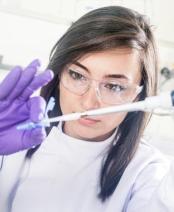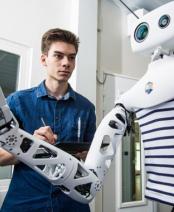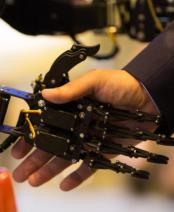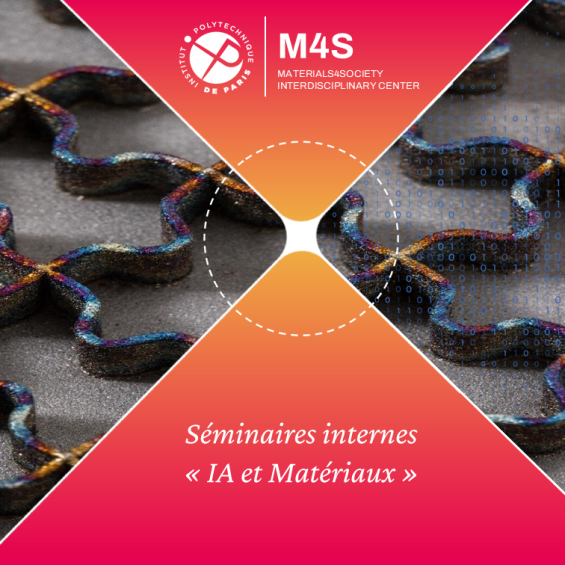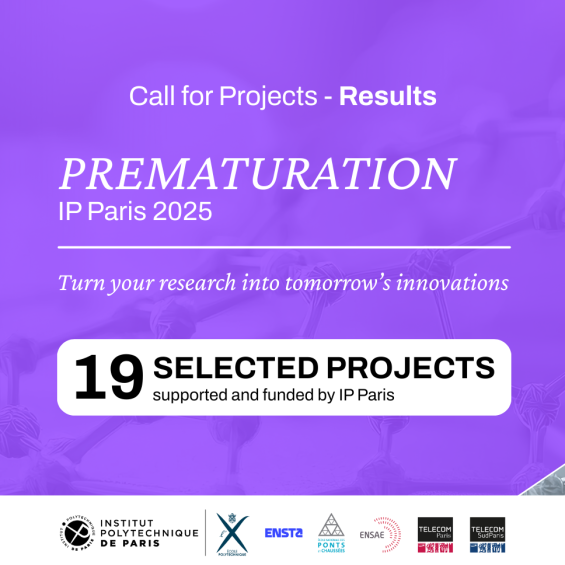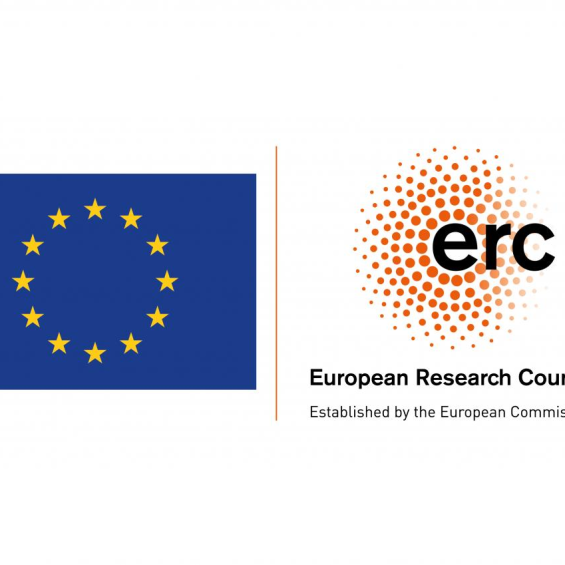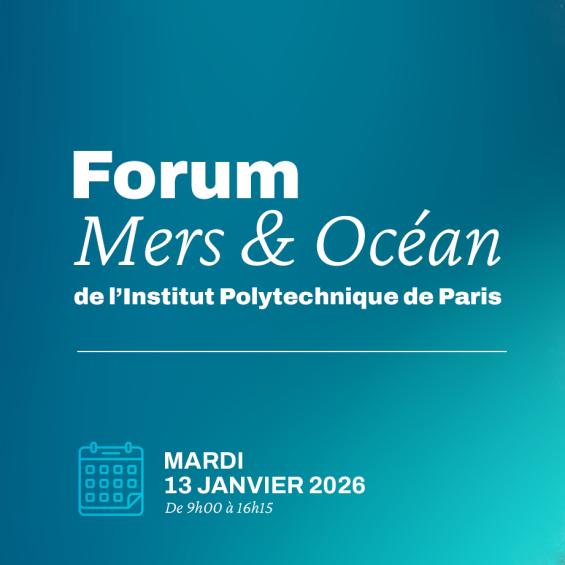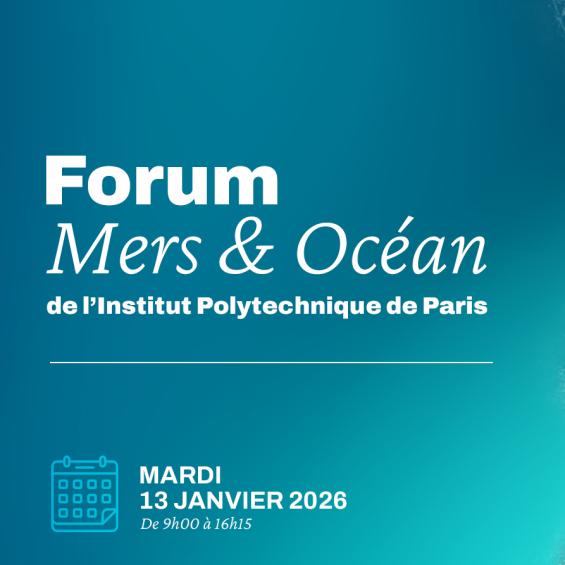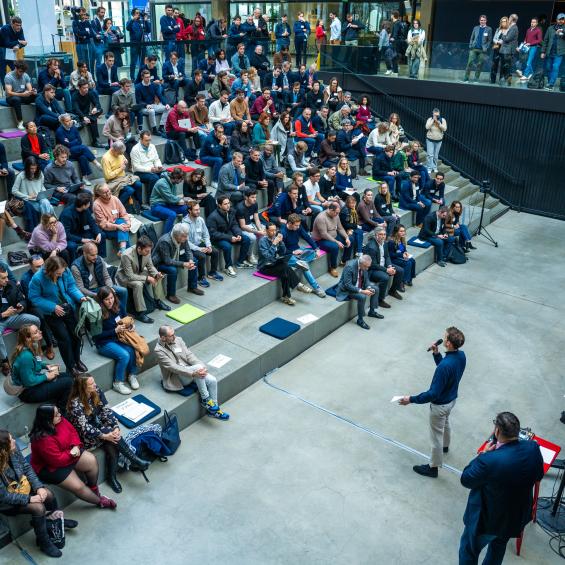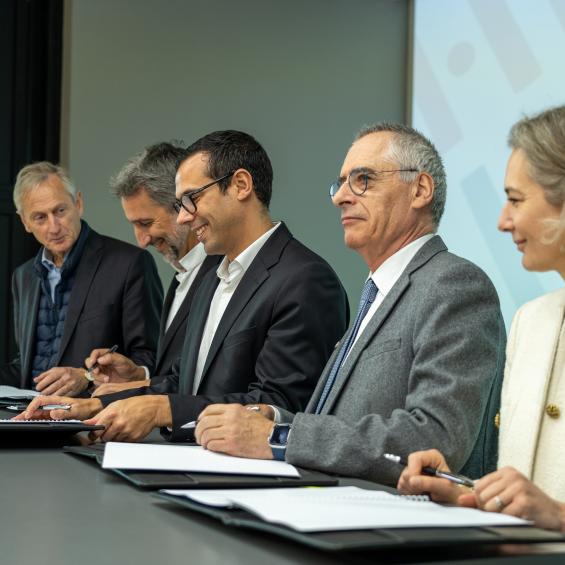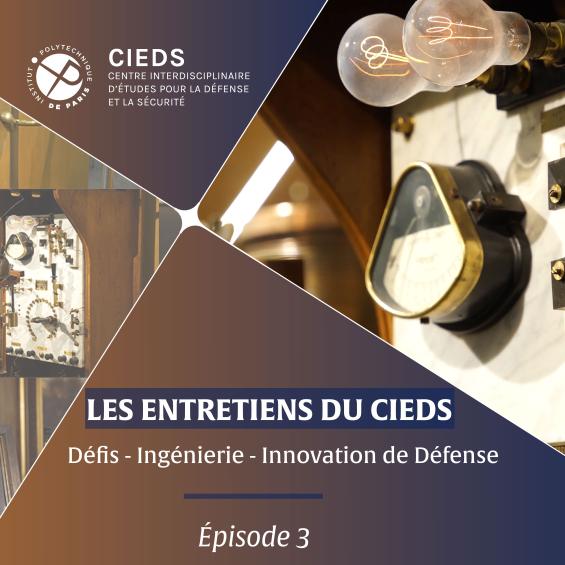Antimicrobial resistance: prevention for a better cure
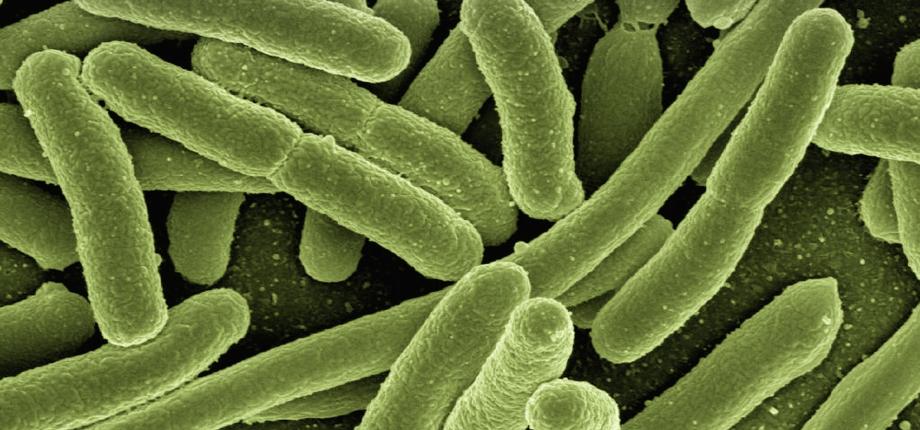
Surface bioengineering may seem far removed from antibiotic resistance or, more generally, antimicrobial resistance. How does your work fit into this theme?
The fight against microbial resistance is often synonymous with the search for new therapeutic avenues. However, the issue is much broader, including in human health, where it also includes diagnostics. Part of my research involves developing analytical tools - biochips - that enable rapid, sensitive detection of bacteria while determining the nature of their strain. We have achieved a proof-of-concept that enables us to identify the strains of Escherichia coli(E. coli) involved in urinary tract infections in just 3 hours, compared with two days in a biomedical laboratory. The biochip then guides the doctor towards prescribing the antibiotic that best targets the microorganism responsible for the patient's infection, right from the start. At present, many practitioners use broad-spectrum attack treatments, then fine-tune their prescriptions on the basis of the results of their tests. While this protocol brings relief and rapid treatment to patients, it potentially accentuates the phenomenon of antibiotic resistance by affecting bacteria foreign to the infection being treated.
Other diagnostic tools of this type already exist in the scientific literature. What innovations does the PMC's biochips offer?
The strength of our microarrays lies in their architecture, which enables us to specifically capture the pathogen in small quantities and determine its strain. Firstly, antibodies specifically recognizing proteins (lectins) present on the surface ofE. coli are firmly anchored to the biochip by a chemistry we have developed. If these bacteria are present in the urine sample analyzed, they will be the only ones to attach themselves to the antibodies, in the same way as a key only fits one lock. Secondly, we make the trapped bacteria visible and identifiable using Surface Enhanced Raman Spectroscopy (SERS**). This photon-scattering analysis technique is interesting because it does not interact with the water molecules in urine. We then focus onE. coli surface molecules (sugars, lipids, peptides, etc.) - the sequence of which is specific to each strain - and visualize the chemical signature of the incriminating pathogen. To do this, we attach gold nanobatons, by electrostatic interaction, to bacteria immobilized by antibodies. This amplifies the signal obtained by spectroscopy, revealing a minute quantity of bacteria, well below the inflammatory threshold in humans.
These biochips also have valuable repellent properties for preventing antimicrobial resistance...
That's right. For our biochips to be effective, no other microorganisms or molecules present in the urine sample must adhere outside the antibody-concentrating zones; otherwise, spurious Raman signals will be obtained, preventing diagnosis. To achieve this, we have developed a repellent chemistry, known as antifouling, which acts in the same way as the products used to coat boat hulls to prevent them from being colonized by various organisms (bacteria, molluscs, etc.). Composed of polyethylene glycol (PEG), it plays on steric effects*** between hydrophilic treated surfaces and hydrophobic germs or proteins. Ultimately, we plan to develop biosourced antimicrobial surfaces capable of repelling and killing microorganisms. We'll have to make sure they're harmless to the environment, not only by eliminating the need for perfluorinated molecules and toxic or polluting metals, but also by firmly anchoring the compounds to their support so they can't be released. Another challenge is to make them reproducible and reliable using processes that are both industrializable and eco-responsible (plasma technology, for example). At the end of the process: catheters that prevent the adhesion of bacteria attracted by blood proteins, antimicrobial textiles... and the prevention of nosocomial infections in hospitals.
*PMC: a joint research unit of CNRS, École Polytechnique, Institut Polytechnique de Paris, 91120 Palaiseau, France.
** SERS: Surface Enhanced Raman Spectroscopy.
*** interactions between molecules permitted or not by the spatial crowding of some of their atoms or groups of atoms
About:
Anne-Chantal Gouget is a CNRS research director, deputy director of the Condensed Matter Physics Laboratory at École Polytechnique and a chemist specializing in modifying the surface properties of materials.
*PMC: a joint research unit of CNRS, École Polytechnique, Institut Polytechnique de Paris, 91120 Palaiseau, France.










